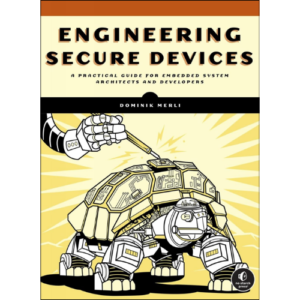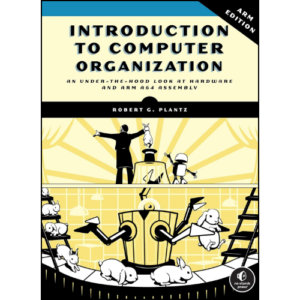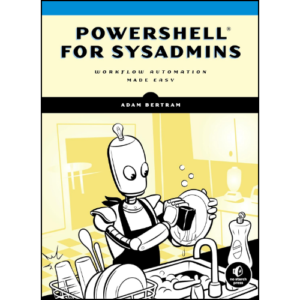Description
As an engineer, you know that countless devices—from industrial components to smart household appliances—rely on embedded computer systems. But how do you balance the need for robust security with performance and innovative product design?
Engineering Secure Devices will guide you through crafting secure devices—from protecting crucial assets to the nature of attackers and the risks they pose. You’ll explore the technical intricacies and pros and cons of symmetric and asymmetric cryptography and learn how to use and analyze random number generators and cryptographic algorithms. You’ll learn how to ensure confidential data storage and secure memory, and devise secure device identity solutions and communication protocols to reinforce system architecture against potential threats. And finally, you’ll learn how to properly design secure boot and secure update processes, manage access control, and perform system monitoring to secure IoT devices.
Real-world case studies throughout highlight practical applications, solutions, and obstacles, such as firmware updates with SWUpdate, secure communication with MQTT, and advanced access control with AppArmor.
You’ll also dig into topics like:
- Analyzing the performance of cryptographic implementations in both hardware and software
- Considerations for secure boot and software update processes to ensure ongoing firmware integrity
- Designing robust device architectures that withstand attacks while maintaining critical operations
- Developing strategies to detect and respond to anomalies or security breaches in embedded systems
Whether you’re an IoT developer or an embedded system architect, Engineering Secure Devices equips you with the indispensable knowledge to design, secure, and support the next generation of smart devices—from webcams to four-legged robots.












Reviews
There are no reviews yet.